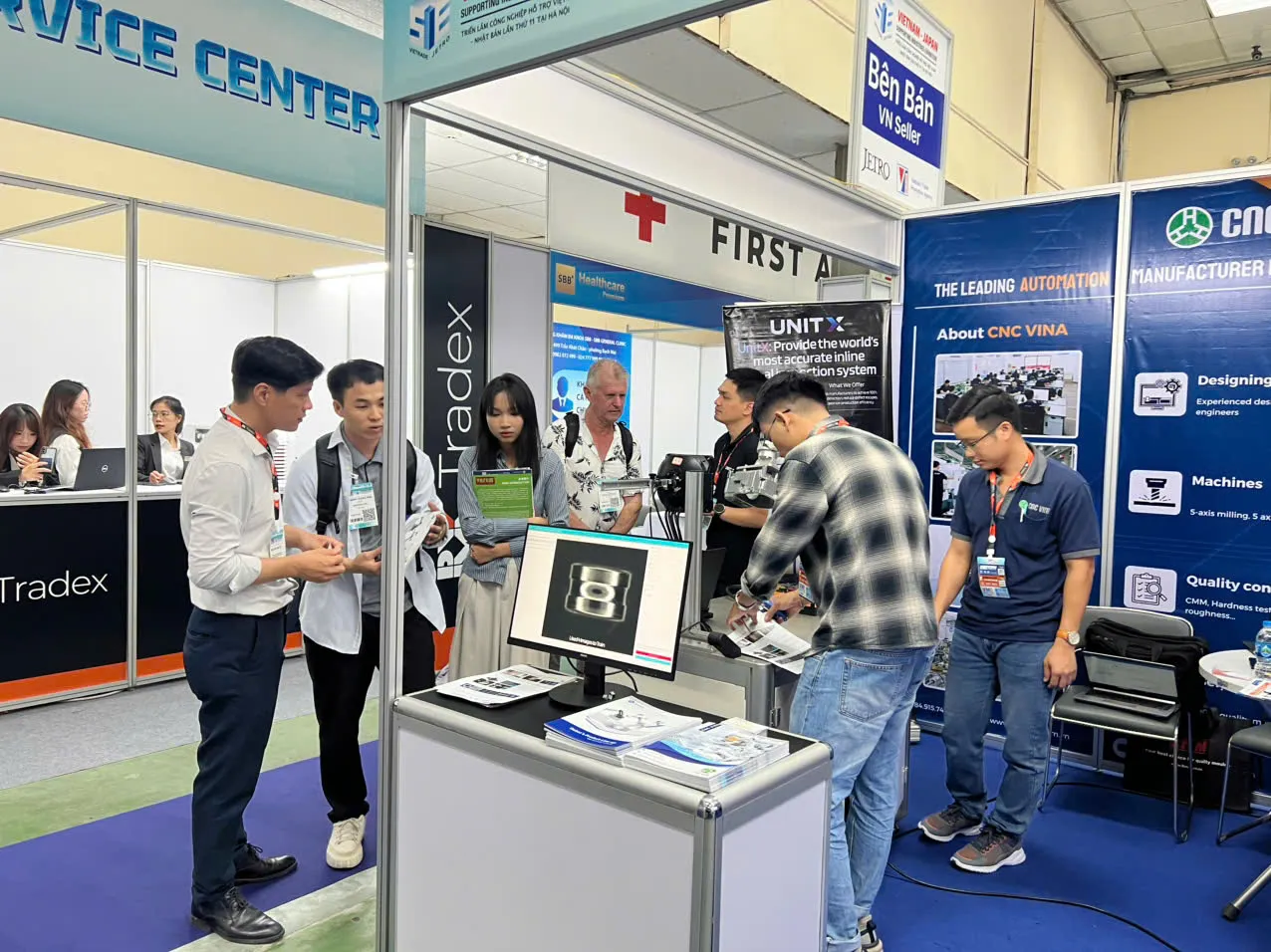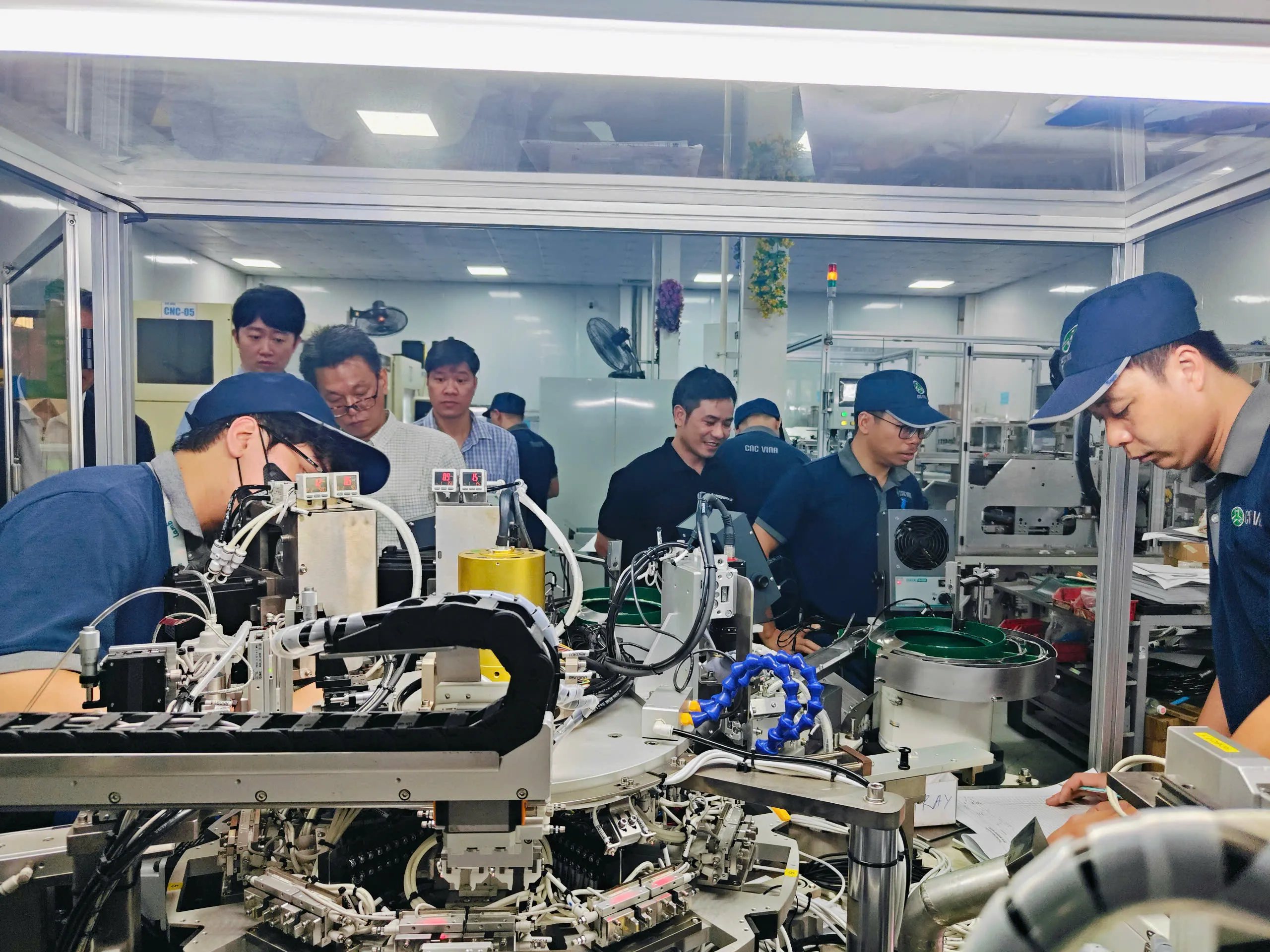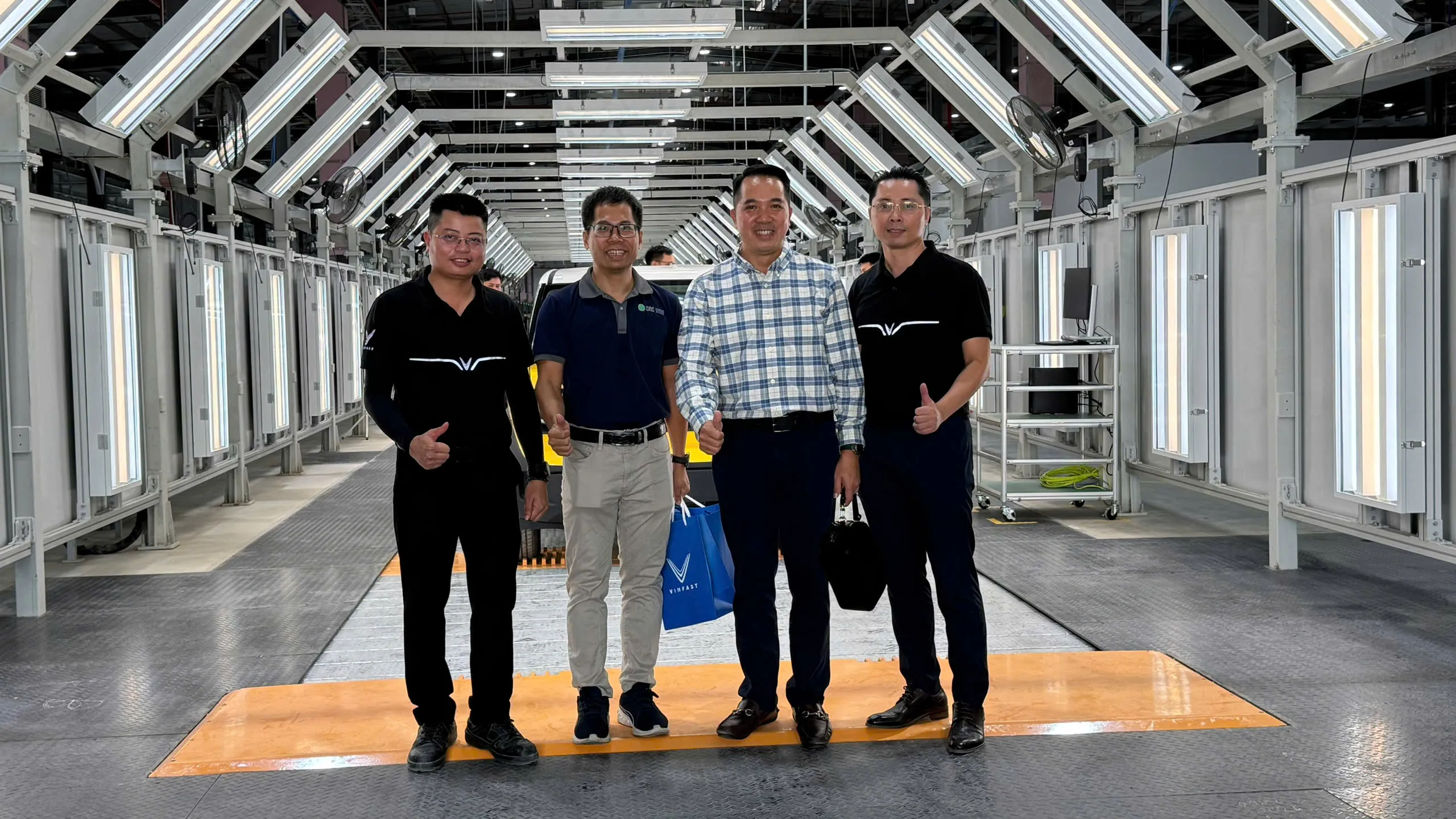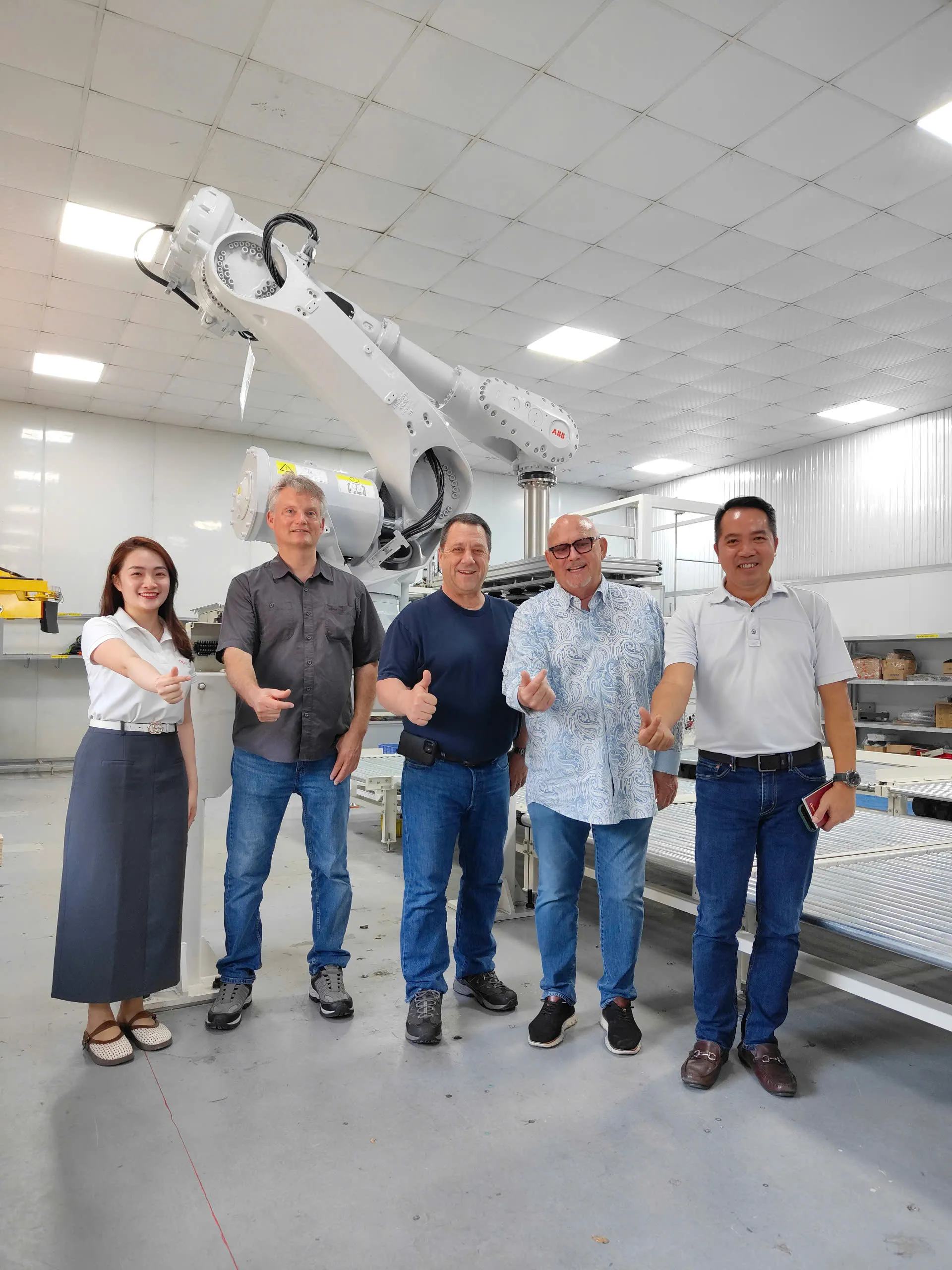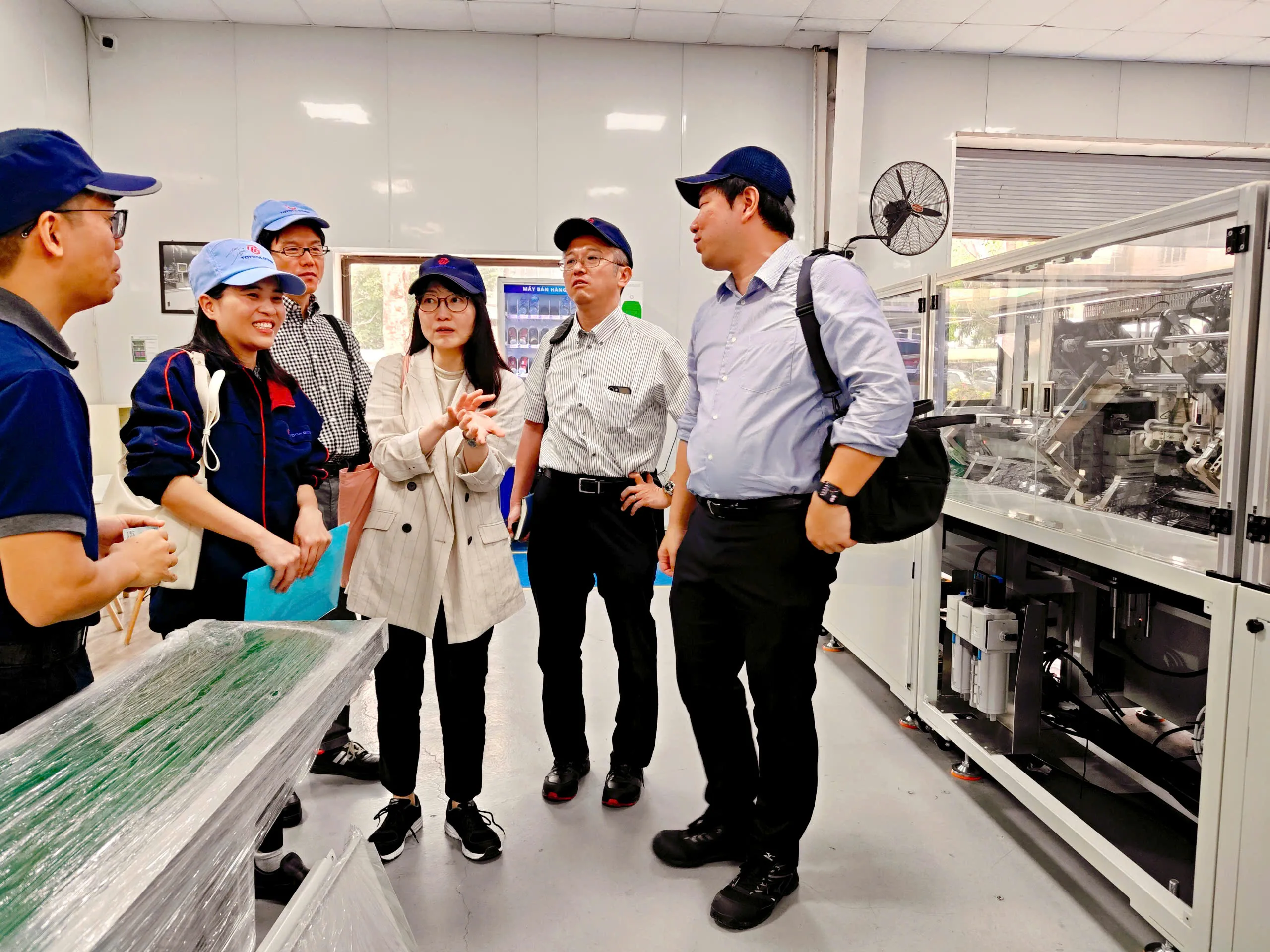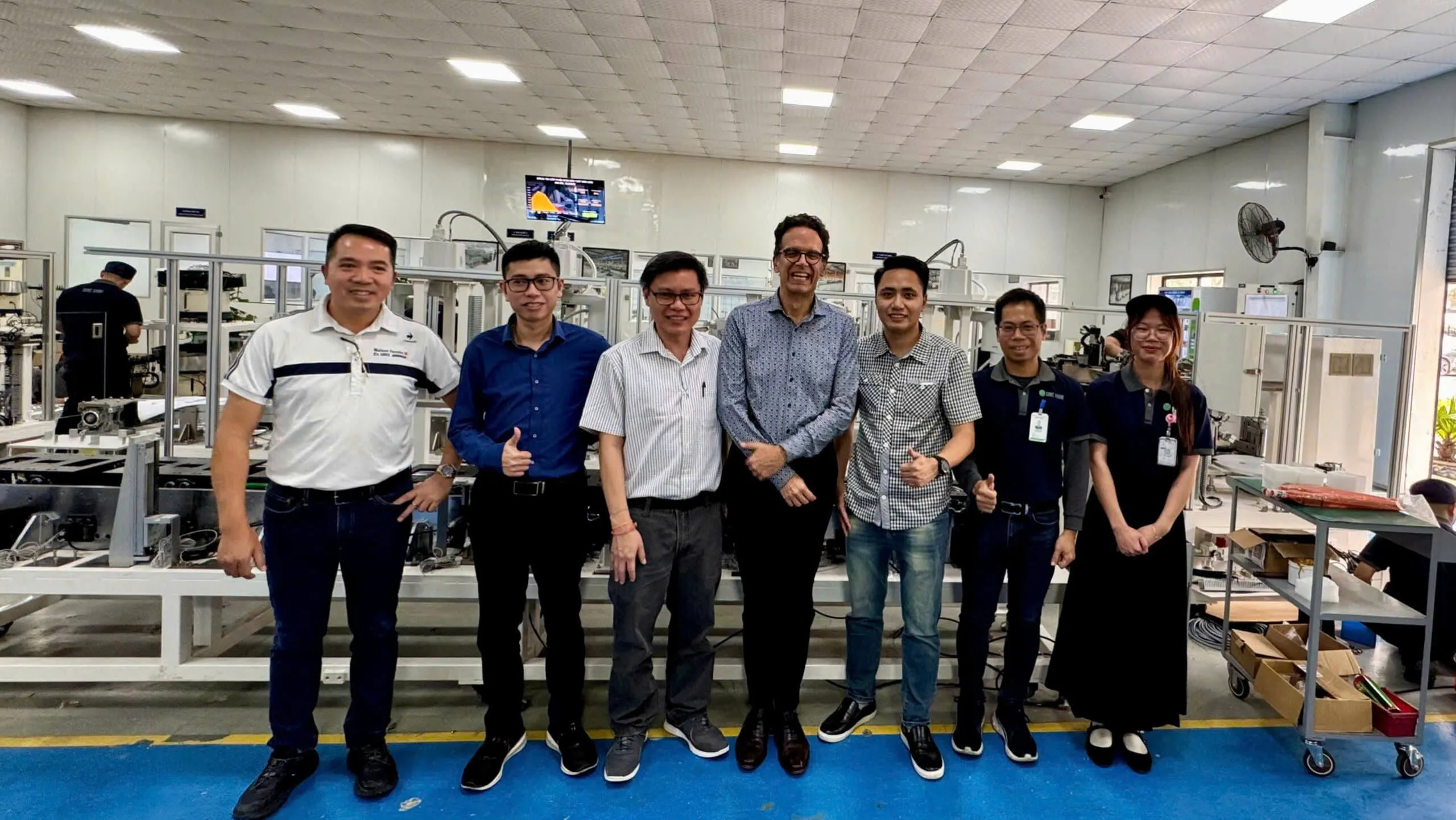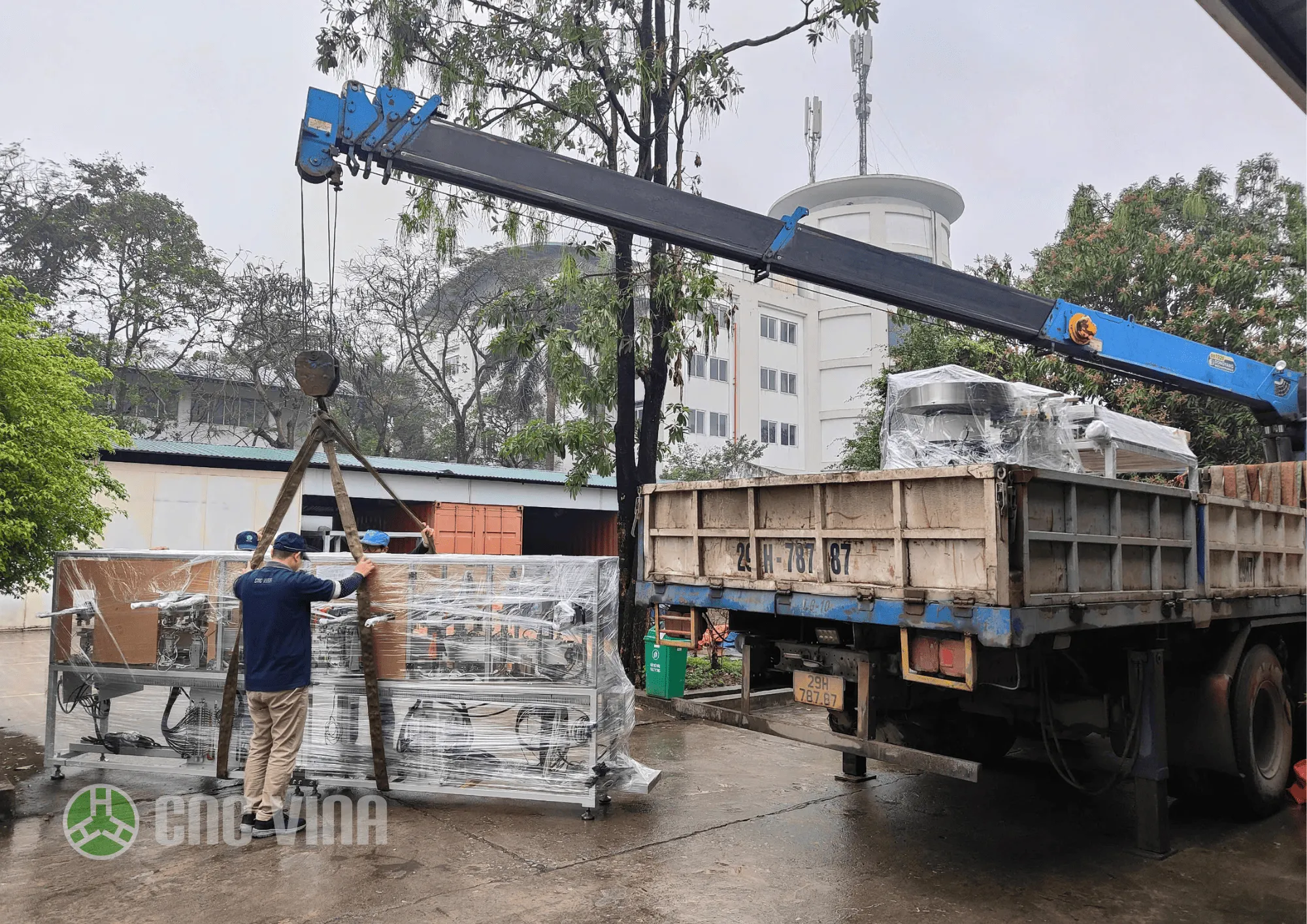Application of mini laser engraving machines in medical equipment
Introduction to mini laser engraving machines
Overview of mini laser engraving machines
A mini laser engraving machine is a compact device used to engrave or cut materials such as wood, plastic, leather, and some light metals using laser light. They are often used in art, craft, and small-scale production. These machines are typically small in size, easy to use, and suitable for home-based crafting or small production facilities. Mini laser engraving machines can produce high-precision products at a lower cost compared to larger laser engraving devices.
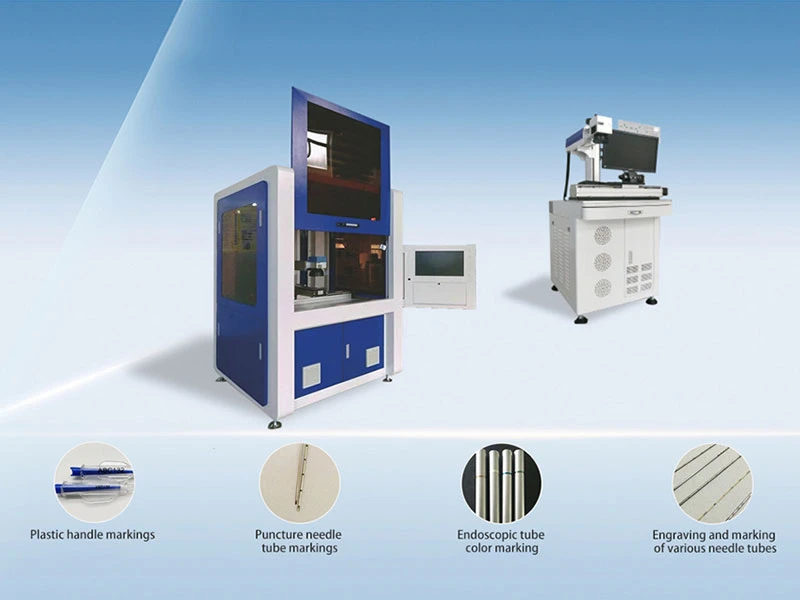
The Importance of accuracy and perfection in medical devices
Accuracy and perfection in medical devices play an extremely important role in diagnosing, treating, and providing healthcare for patients. The accuracy and perfection in medical devices not only affect diagnosis and treatment but also ensure safety and efficiency in medical procedures.
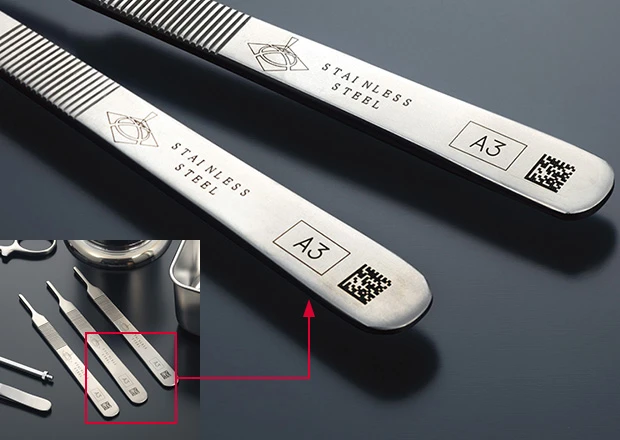
Mini engraving machines
Definition and basic functionality of mini engraving machines
A mini laser engraving machine is a compact device used to engrave, cut, and mark various materials using laser light. Below are some basic features and functionalities of this machine:
-
Accuracy: Mini laser engraving machines typically offer high accuracy in the engraving and cutting processes, allowing for the creation of highly detailed products.
-
Variety of materials: This machine can engrave and cut a wide range of materials such as wood, plastic, leather, rubber, fabric, and some light metals like aluminum and stainless steel.
-
Compact design: Mini laser engraving machines are usually small, portable, and easy to install, making them suitable for use in limited spaces or at home.
-
Ease of use: These devices typically feature simple and user-friendly interfaces, allowing non-professional users to operate them easily.
-
Versatile applications: Mini laser engraving machines can be used in various fields such as art, crafting, advertising, gift-making, and even in medical and toy industries.
-
Flexibility: This machine can be adjusted to accommodate different tasks, from light engraving to precise cutting.
Mini laser engraving machines are versatile and efficient tools for performing engraving and cutting tasks with high precision across various fields.
Overview of mini laser engraving machine types
Currently, there are many types of mini laser engraving machines available in the market, each with its own features and functionalities. Below are some popular types of mini laser engraving machines:
-
CO2 Mini Laser Engraving Machine: This type of machine uses a CO2 laser to engrave and cut non-metallic materials such as wood, plastic, leather, and fabric. They are commonly used in art, crafts, and gift-making.
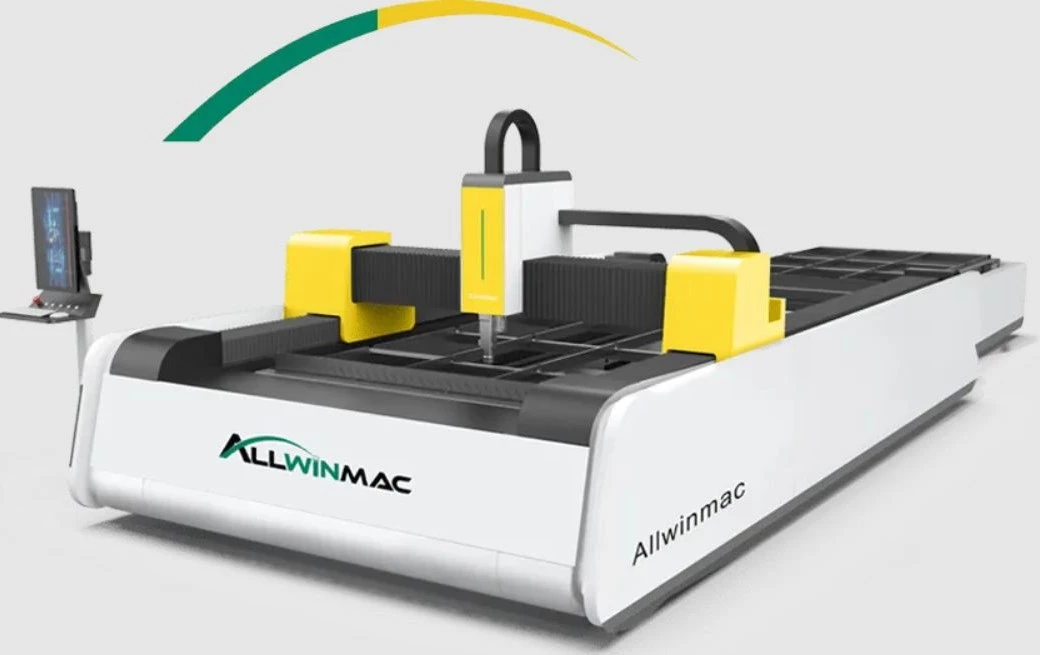
-
Fiber mini laser engraving machine: This machine uses a fiber laser to engrave and cut metals such as stainless steel and aluminum. Fiber mini laser engraving machines are typically used in small-scale metalworking and industrial applications.
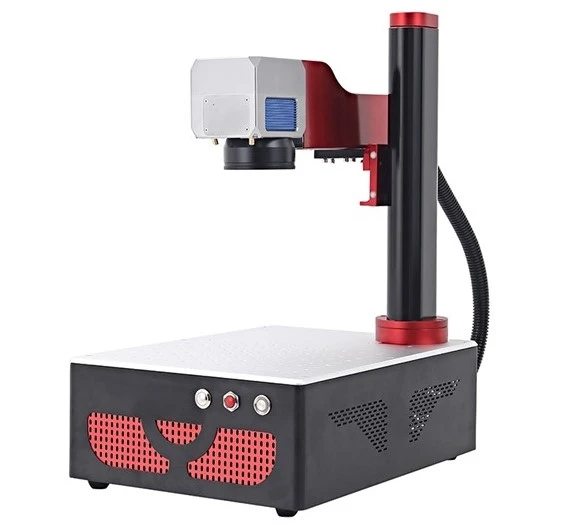
-
Multi-purpose laser engraving machines: These machines are generally compact but capable of engraving and cutting a wide range of materials, from wood and leather to light metals and even glass.
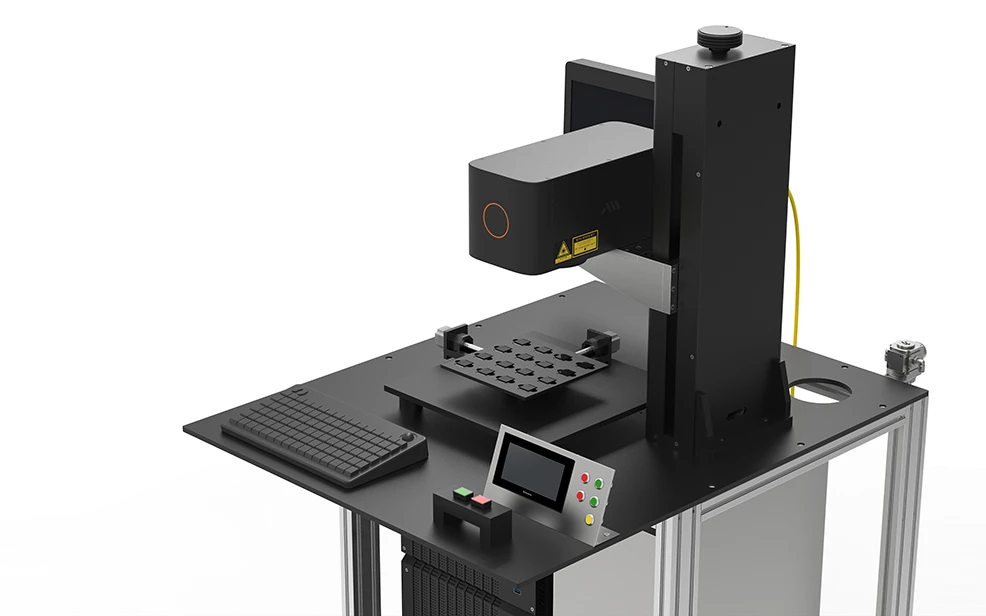
These mini laser engraving machines have wide applications in various fields, from art to industry, enabling users to create unique and high-quality products. Importantly, selecting the right machine depends on specific needs and budget.
Key features and specifications of mini laser engraving machines
Below are some key features and specifications you can find in mini laser engraving machines:
-
Laser power: This is one of the most important parameters, determining the power of the laser light emitted by the machine. Laser power is typically measured in watts (W), and mini laser engraving machines usually have power ranging from a few watts to about 40 watts.
-
Working area: This refers to the area in which the machine can engrave or cut the material. This area is typically measured in millimeters or inches, for example, 200mm x 300mm or 8 inches x 12 inches.
-
Resolution: This is the machine's ability to produce fine details and sharp outlines. Resolution is usually measured in DPI (dots per inch) or PPI (pixels per inch). For mini laser engraving machines, resolution typically ranges from 300 DPI to 1200 DPI.
-
Engraving/Cutting speed: This is the speed at which the machine can move the laser light across the material's surface. This speed is usually measured in millimeters or inches per second.
-
Laser type: There are two main types of lasers used in laser engraving machines: CO2 lasers and fiber lasers. CO2 lasers are suitable for engraving and cutting non-metallic materials like wood, plastic, and leather, while fiber lasers are better for engraving and cutting metals like stainless steel and aluminum.
-
Control software: The control software provides the user interface for setting and adjusting engraving/cutting parameters, designs, and managing tasks.
-
Auto-focus feature: Some mini laser engraving machines come with an auto-focus feature, which automatically adjusts the laser head's height to ensure precise distance between the laser head and the material surface.
-
Cooling system: Since laser use can generate heat, these machines often include cooling systems to keep the machine operating smoothly and ensure the longevity of the laser.
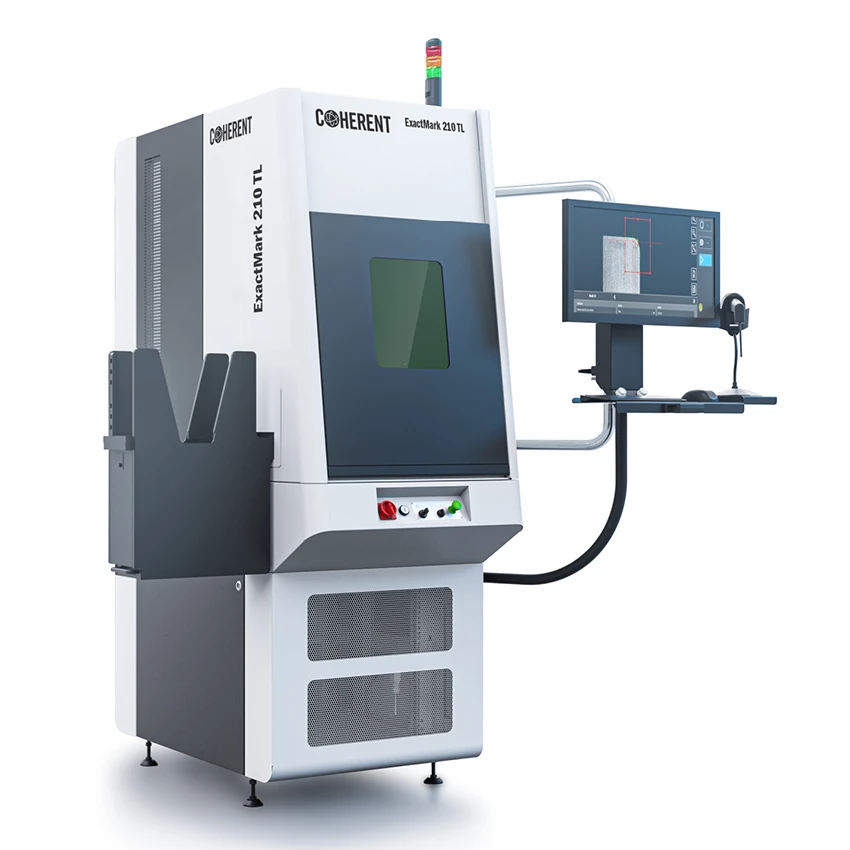
The importance of accuracy and perfection in medical devices
Accuracy in medical devices
Accuracy in medical devices refers to the ability of a device to provide information or perform tasks in a precise and reliable manner. This is crucial in many aspects of the healthcare field as it directly affects diagnosis, treatment, and patient management.
Here are some areas within the healthcare sector where accuracy plays a critical role:
-
Diagnosis: The accuracy of imaging devices like MRI machines, CT scanners, and ultrasound machines is essential for diagnosing patient conditions. Images must be clear and precise to allow doctors to make correct diagnostic decisions.
-
Treatment: During treatment, devices such as laser surgery machines, ultrasound treatment machines, and 3D modeling machines must operate with high accuracy to ensure that procedures are performed safely and effectively.
-
Patient monitoring: Monitoring devices like blood pressure machines, heart rate monitors, and blood glucose meters must also provide accurate results to help healthcare providers make informed decisions about care and treatment.
-
Disease Management: Managing diseases, such as monitoring vital signs and biological markers, requires high-accuracy measurement devices.
Accuracy in medical devices not only ensures accurate diagnostic and treatment results but also enhances safety and efficiency in patient care.
The Importance of accuracy in ensuring precise diagnosis and treatment
-
Accurate diagnosis: Medical devices must provide high accuracy to help doctors diagnose a patient’s condition quickly and accurately. Imaging devices such as MRI machines, CT scanners, and ultrasounds must produce clear, detailed images to identify medical issues.
-
Accurate treatment: Medical devices must ensure accuracy during treatment, whether it involves surgery, drug administration, or high-tech therapies such as lasers or infrared treatment. This ensures that treatment is delivered safely and correctly.
The role of perfection in enhancing patient safety and outcomes
-
Safety: Accuracy and perfection in medical devices also play a critical role in ensuring patient safety. Using inaccurate equipment could result in serious health consequences.
-
High efficiency: Accurate medical devices help improve the efficiency of medical processes, reducing both time and costs for patients and healthcare systems.
Applications of mini laser engraving machines in medical devices
-
Engraving serial numbers and identification codes on medical devices: Mini laser engraving machines can be used to engrave serial numbers and identification codes on medical devices such as surgical tools, diagnostic equipment, and other medical instruments. This helps track and manage medical devices in hospitals or operating rooms.
-
Adding logos or brands on medical devices: Mini laser engraving machines can also be used to add logos or brand names of manufacturers on medical devices. This enhances brand recognition and product trustworthiness in the medical market.
-
Engraving measurement scales and indicators on medical instruments: Mini laser engraving machines can engrave measurement scales and indicators on medical instruments such as test tubes, syringes, and other measuring tools. This ensures the accuracy and reliability of measurements during treatment and diagnosis.
-
Enhancing the visibility and legibility of labels and instructions on medical equipment: Mini laser engraving machines can be used to engrave labels and instructions on medical equipment such as X-ray machines, ultrasound devices, and other diagnostic tools. This enhances the visibility and legibility of important information related to the use and maintenance of medical equipment.
Considerations when implementing mini laser engraving machines in medical devices
-
Investment cost: Before investing in mini laser engraving machines, it’s important to carefully evaluate the machine's cost and the benefits it brings. Consider related expenses such as machine price, shipping fees, maintenance and repair costs, and the time and cost savings from using the machine.
-
Training and expertise required to operate mini laser engraving machines: Operating mini laser engraving machines requires knowledge and technical skills. Employees must be trained on how to safely and effectively use the machine, as well as on the procedures and techniques for accurately engraving and cutting medical materials.
-
Compliance with standards and regulations: In the medical field, it is crucial to adhere to standards and regulations. Before deploying mini laser engraving machines, it is necessary to identify and comply with regulations related to safety, hygiene, and healthcare, including standards from regulatory agencies and local health organizations.
By carefully considering the factors above, implementing mini laser engraving machines in medical devices can offer significant benefits in enhancing performance and quality of production while ensuring compliance with medical standards and regulations.
Conclusion
In medical devices, accuracy and perfection are crucial in diagnosing, treating, and managing diseases. Devices must provide accurate and reliable information to help doctors and healthcare providers make timely and accurate decisions. High accuracy also helps enhance the safety and efficiency of medical procedures.
Mini laser engraving machines have numerous applications in the medical field, including engraving serial numbers and identification codes, adding logos or branding, engraving measurement scales and indicators, and enhancing the visibility and legibility of labels and instructions on medical equipment. The benefits of mini laser engraving machines in healthcare include improved accuracy and consistency, high detail and precision, non-invasive and permanent engraving, and time and cost efficiency compared to traditional engraving methods.
There are numerous potential advancements in the future of laser engraving machines in the medical field. Laser engraving technology is constantly improving, with advancements in precision, speed, and material versatility. New applications may include using laser engraving machines in the production of custom medical devices, medical printing, and even manufacturing restored organs and tissues. These developments could significantly improve diagnostics, treatment, and disease management in the future.

 Tiếng
Anh
Tiếng
Anh



 Tiếng Anh
Tiếng Anh

